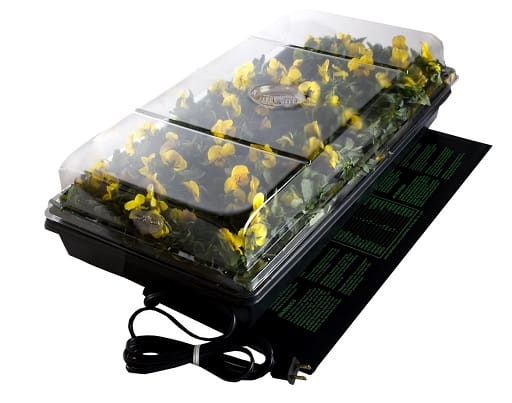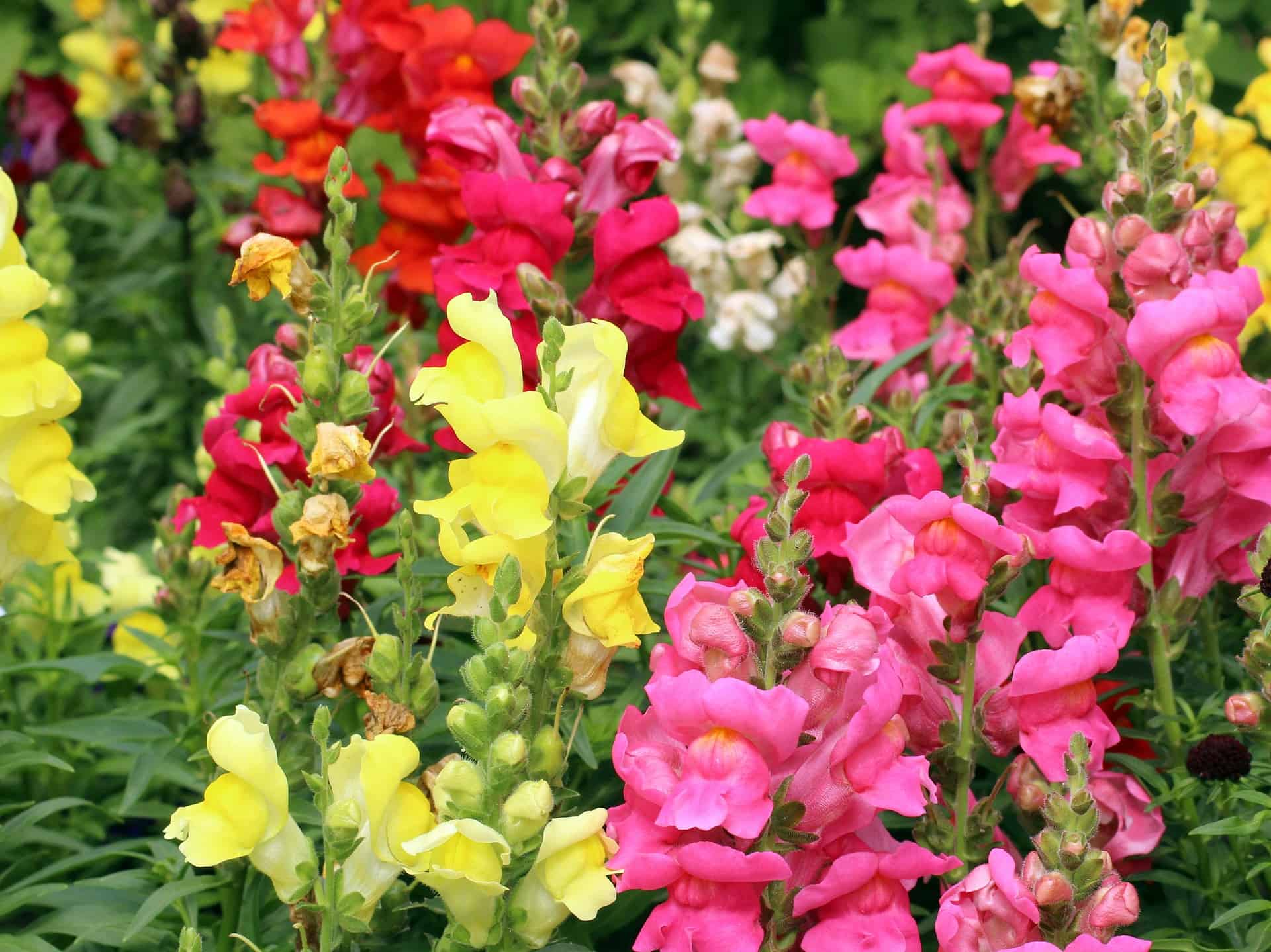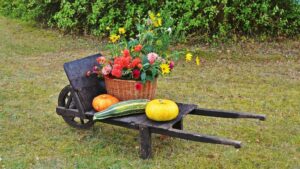Angelonia (Summer Snapdragon) is the perfect flower to plant if you want to have a vibrant floral display in your garden all summer. Best of all this hardy plant will flower in sunny hot areas and it’s relatively drought tolerant.
If you’re looking for a colorful plant that’s easy to grow then you can’t go wrong adding a few Summer Snapdragons to your summer flower garden.
To learn more about how to grow Angelonia continue reading this Angelonia growing guide for more information.
Best Angelonia Varieties
| Image | Name | Rating | Shop |
|---|---|---|---|
 | Park Seeds Angelonia Serena Rose Flower | ||
 | Angelonia Serena White Flowers Seeds | ||
 | Angelonia Serena Blue Flower Seed |
Angelonia Care
Sun: Full
Height: 12 to 14 inches
Spread: 10 to 12 inches
Life Cycle: Annual
Water Requirements: Drought Tolerant
Plant Outdoors: May
Plant Indoors: March
Angelonia Annual or Perennial
Angelonia is an annual flower that can be grown outdoors in the spring and summer in most climates, and they can overwinter in zones 9-11 USDA. In most areas, they will die back in the late fall or early winter since they are native to regions with warmer climates.
Angelonia Sun or Shade
Angelonia needs to be grown in an area where they will get full sun throughout the day. If Angelonia gets less than 6 to 8 hours of sun they can have trouble blooming. A lack of sun can also lead to them having weak stems, which can make them prone to falling over.
Starting Angelonia Indoors

You can start Angelonia seeds indoors 6 to 8 weeks before the last frost in late spring or early summer. For faster germination, it’s a good idea to start the seeds in a heated seed-starting tray that’s kept at 70° to 75°F.
Plant Summer Snapdragon seeds 1/8-inch deep in a loose fertilized potting soil mix that has good drainage. Keep the soil moist and keep the tray covered until the seeds germinate in 10 to 14 days.
Once the seedlings emerge move them to a bright warm sunny location that gets at least 6 hours of sun each day.
Alternatively, you can place the heated seed starting tray under an LED Grow Light (Buy Online) and make sure to keep the light on for 12 to 16 hours a day.
Once the seedlings have two full sets of true leaves you can start to harden them off by placing them in a protected area outside before transplanting them into your garden.
Starting Angelonia From Seed in a Flower Bed
The easiest way to grow Angelonia is to sow it directly into your garden after the last frost in your area. Cover the seeds with a thin layer of soil (1/8 inch), and keep the soil moist until the seeds start to emerge in 10 to 14 days.
Angelonia Plant Spacing
You’ll want to sow Angelonia seeds six inches apart, and then once the plants have two sets of true leaves you can thin them down to a 10 to 12-inch plant spacing.
Angelonia Soil Requirements

Angelonia is very tolerant of a wide range of soil conditions, but it prefers loose, rich soil that’s neutral to slightly acidic.
Angelonia might have trouble growing in very dense compacted soil. If your soil contains a lot of clay or it’s highly compacted you can mix some compost into the top 3 to 6 inches of soil.
Angelonia Water Requirements
Angelonia is very drought tolerant and they will keep blooming even during times with minimal rainfall. It might be necessary to water Angelonia if they start to wilt, or if the top 3-inches of soil they are growing in is dry to the touch.
Angelonia Temperature Requirements
Angelonia love growing in the heat and they will even flower during the hottest days in the middle of the summer. That makes them one of the best flowers for hot conditions, and they make a great addition to a southern flower garden.
Angelonia Humidity Requirements
Angelonia prefers to grow in humid climates in areas that maintain an 80 to 95% Relative Humidity.
Angelonia Fertilizer Requirements
Angelonia is a light feeder, but they will still respond favorably to an application of fertilizer.
For best results, Angelonia should be fertilized monthly with a half-strength 10-10-10 NPK fertilizer. Be careful to avoid over-fertilizing Angelonia since it can lead to excess foliage growth at the expense of flower development.
How To Grow Angelonia in Containers
Angelonia is an easy-to-grow flower that does well in pots, window boxes, or containers. You’ll want to make sure you plant Summer Snapdragons in at least an 18-inch diameter pot, and they prefer to grow in a loose potting soil mix that has good drainage.
Angelonia will need to be watered more when it’s planted in a pot since it won’t be as drought tolerant when it’s grown in a container.
Angelonia grown in a container will also need a steady supply of nutrients from a time-released fertilizer, or you can use a pre-fertilized potting soil mix that should last all season.
Deadheading Angelonia
Angelonia will keep flowering all season if you deadhead the spent flowers. This process allows the plant to dedicate its energy to flowering instead of seed production.
To deadhead Angelonia all you need to do is cut the spent flower heads off at the stem. To keep the blooms coming you can continue deadheading Angelonia until early fall, or you can stop deadheading the plants in late summer if you want to collect seeds for next season.
Angelonia Pests

Angelonia can suffer from aphid infestations early in the season. Insecticidal powders or soaps can be used to treat any infested plants.
It’s also possible to use organic insecticides to control insect infestations, or you can plant insect repellent flowers alongside Angelonia.
Angelonia Diseases
Angelonia is susceptible to a number of diseases such as Angelonia Flower Mottle, Leaf Spot, and Powdery Mildew.





